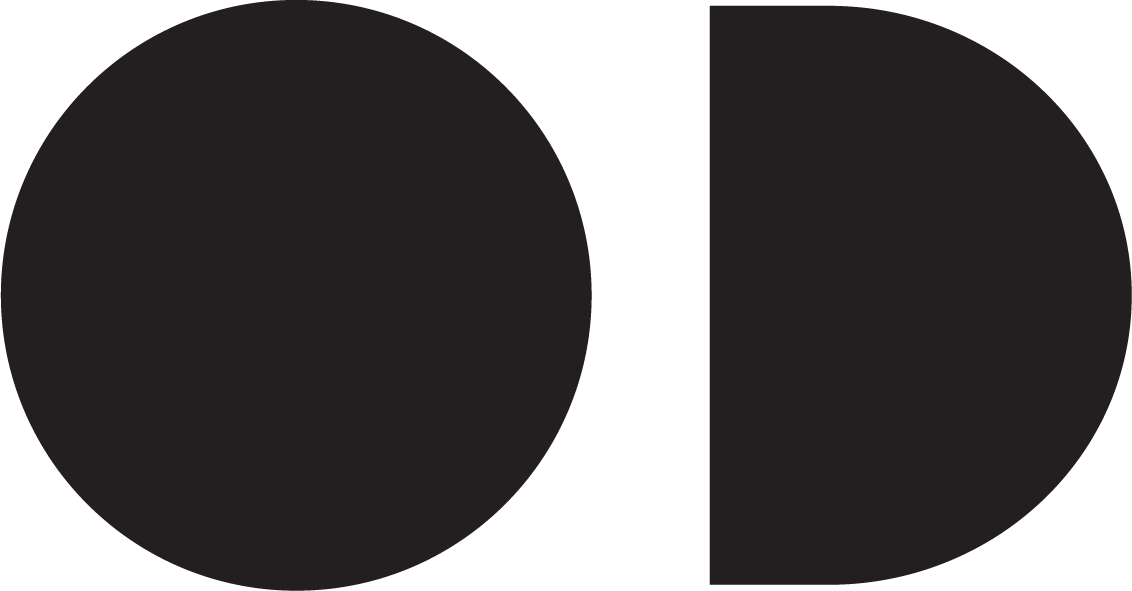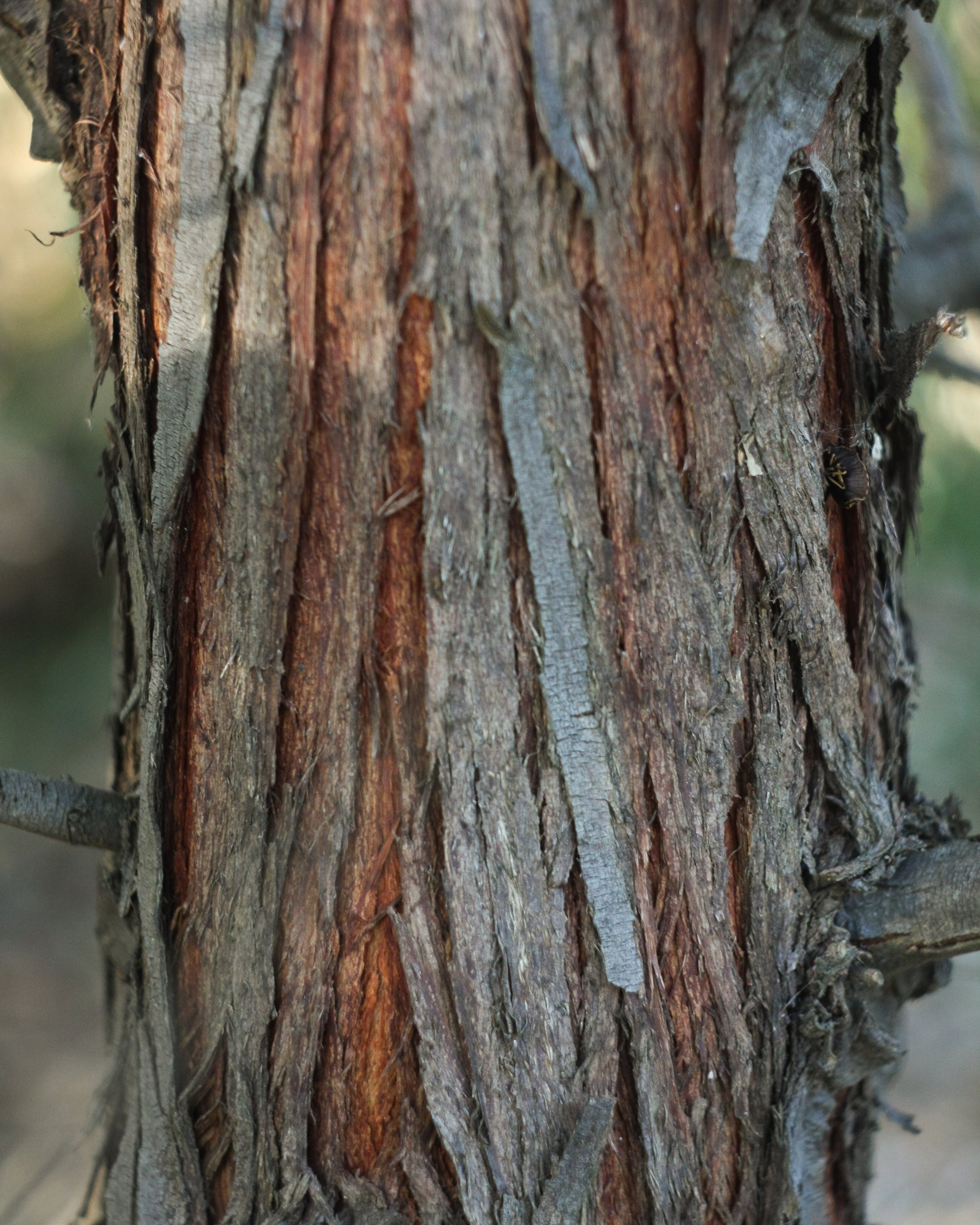native anodising
Native Anodising is an ongoing project that explores the technique of dying aluminum with native Australian species, namely Eucalypts, Acacias, and Callistemons. This unique process has been developed in-house over the past 3 years involving rigorous testing, experimentation, and data collection. Whilst still in refinement, this technique enables us to quite literally capture and display colours that are inherent to our native species, bringing our revered natural environment indoors. Embedded through an anodising process this process both colours and protects the aluminium, creating a hard-wearing and corrosion resistant layer.
Conceptual Background
Sclerophylls, a type of vegetation characterised by leathery leaves and an ability to withstand long periods of dryness make up a large proportion of the Australian environment - namely Euclaypts (Gum), Acacias (Wattle) and Callistemons (Bottle Brush). Thriving in nutrient-poor, sandy soils, and all have a strategic interdependence with fire, sclerophylls dominate and shape our landscape, attributing so much of the character that we link to our cultural identity.
Their abundance gives us a glimpse into the extreme age of this continent and how humans have shaped it. Deep weathering of the crust depletes nutrients in soils, which when coupled with the increased prevalence of fires post-colonisation create the foundations in which sclerophylls thrive. Their abundance is a visualisation and embodiment of our past, showing us both the ancient beauty of this country, but also the destruction we have brought to it.
We explore this vein of our cultural identity through development of a colour pallet derived from these species. With no colour matching, coatings or synthetic substitutes used these colours are the directed translation of our native environment.
This project was developed as a part of MATTERS, and exhibited at Melbourne Design Week 2023 & 2024.
Exhibition photography by Jonathon Griggs
Produced 2024.








